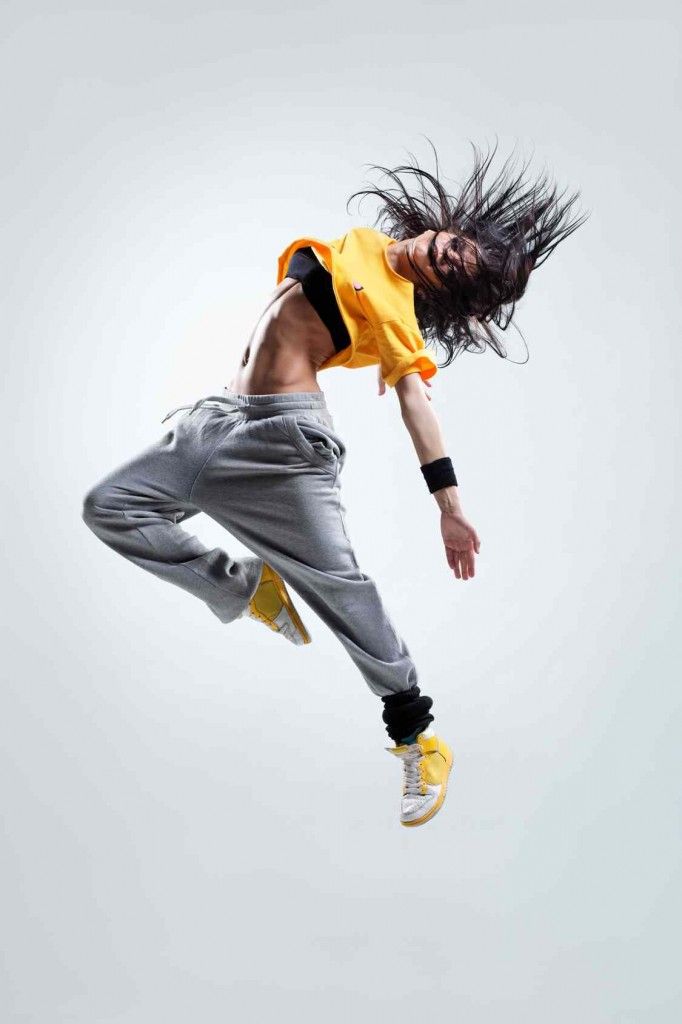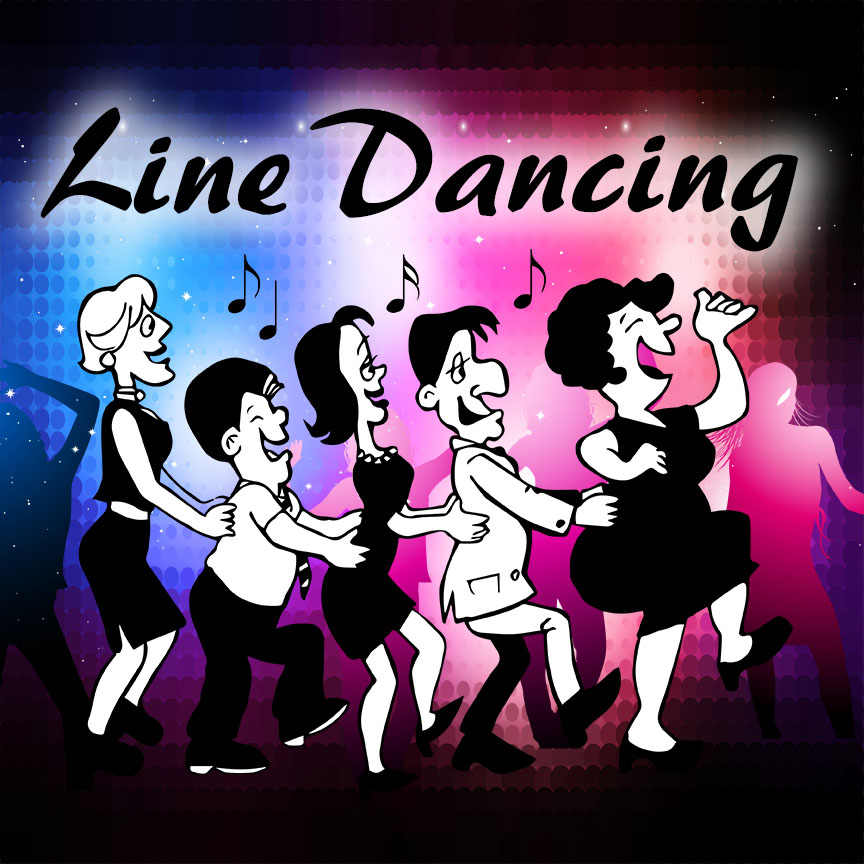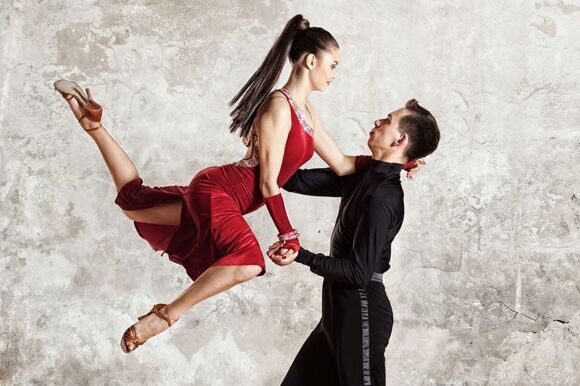How to dance guaguanco
Rumba Guaguanco | La Candela
The Dance
Rumba Guaguanco is an Afrocuban folkloric dance and music style that capture the heart and soul of the Cuban street. It also has great importance within the Cuban repertoire and has highly influenced both the salsa music and the Cuban salsa dance.
The dance depicts a mating ritual between a man and a woman, where the man tries to impress his lady partner and the woman fends off the flirtation yet keeps flirtatious herself. This style of dance incorporates a lot of body movement, steps, and a theatrical approach to dancing.
Once learned the dance enriches any salsa dance, general dancing abilities, and the understanding of Cuba’s culture and music. If you let the dance get into your soul it might even touch you in unpredictable ways, giving confidence in authentic expressions, and assertive playfulness with our sexuality and attraction.
The Dance
The course includes 8 lessons, each going through key subjects and a Rumba routine to practice. Often we will end a training session with an incorporating the routine into salsa or in a Rumba social to build confidence.
During the first three classes, we will go through the most common steps in Rumba Guaguanco. We will explain the steps, posture, and body movement in great detail, give you plenty of time to practice the steps, and move freely.
In the rest of the classes, we will focus on a practical approach to Rumba. Our intention is to give you the confidence to dance Rumba when the Rumba comes – so no Choreographies, only live dancing and different elements to practice. We will also give focus occasionally on expression and mimics which is an inseparable part of Rumba.
One special class will focus on Salsa con Rumba, so you’ll be able to incorporate what you have learned into Salsa as well, as nowadays many many Salsa songs have Rumba sections in them.
27.07.22 – Rumba Basics I & Body movement practice
03.08.22 – Rumba Basics II
10.08.22 – Rumba Basics III & Steps Connections
17.08.22 – Elements & live practice
24.08.22 – Elements & live practice
31.08.22 – Expression workshop & Practical Tips 07.09.22 – Salsa con Rumba
14.09.22 – Elements & live practice
Who is it for?
The course starts from the very beginning and builds up to intermediate level (in Rumba) material. Both men and women are welcome and no prior knowledge is needed. The salsa con Rumba lesson requires some basic knowledge of salsa.
Advanced dancers will get a chance to polish their moves, and learn deeper layers of the dance and technique.
The Teacher
Ido Will be the main teacher for the course. We might have guest teachers joining us for some classes.
We might have guest teachers joining us for some classes.
Ido Flaishon
Ido is an avid Cuban Salsa and Folklore dancer. He started learning in Israel and continued his dancing educations with Cuban teachers in Europe and Cuba. Ido has been teaching for over 10 years and and is known as a teacher with an eye for the details. He will provide you with a good technique while keeping it fun and casual. (more info here)
Details
- The course will open with a minimum of nine participants. In the case it doesn’t open, a full refund will be given.
- Cancellation Policy
Available Discounts
“Bring Your Friends” Discount: If you bring 2 new students – 25% off, 3 new students – 50% off, 5 new students – free of charge. Credit can apply to other La Candela activities.
Student Discount: 10% off. A valid student card should be shown.
Multiple Courses Discount: if you take more than one course in La Candela at the same time you could receive a substantial discount. Please contact us for more info.
Please contact us for more info.
Previous Discount: If you took a similar introductory course in Rumba in La Candela you are welcome to a 35% discount.
IFE-ILE Afro-Cuban Dance Traditions - Rumba Guaguanco, Yambu, Columbia, Comparsa
Afro-Cuban Traditions
Rumba & Other Folkloric Dances
RUMBA
There are various styles of Afro-Cuban rumba music and dance, but all have strong influences from African drumming and dance and Spanish/Gitano poetry, singing and dance. And in all rumba, the clave beat (2-3 or 3-2) plays a very important role. Afro-Cuban rumba is entirely different than ballroom rumba or the African style of pop music called rumba. Rumba developed in rural Cuba, and is still danced in Havana, Mantanzas and other Cuban cities as well as rural areas, although now it is infused with influences from jazz and hip hop.
The three basic types of rumba include:
Rumba Yambu
This is the oldest known style of rumba, sometimes called the old people's rumba because of its slower beat. It can be danced alone (especially by women) or by men and women together. Although male dancers may flirt with female dancers during the dance, they do not use the vacunao -- the symbolic, sexual "vaccination" -- used in rumba guaguanco.
Rumba Guaguanco
Rumba Guaguanco is faster than yambu, with more complex rhythms, and involves flirtatious movements between a man and a woman. The woman may both entice and "protect herself" from the man, who tries to catch the woman offguard with a vacunao -- tagging her with the flip of a hankerchief or by throwing his arm, leg or pelvis in the direction of the woman, in a symbolic attempt at touching or sexually contacting her. When a man attempts to give a woman a vacunao, she uses her skirt to protect her pelvis and then whip the sexual energy away from her body.
When a man attempts to give a woman a vacunao, she uses her skirt to protect her pelvis and then whip the sexual energy away from her body.
Rumba Columbia
In this fast and energetic style of rumba, with a 6/8 feel, solo male dancers provoke the drummers to play complex rhythms that they imitate through their creative and sometimes acrobatic movements. Men may also compete with other men to display their agility, strength, confidence and even sense of humor. Columbia incorporates many movements derived from Congo dances as well as Spanish flamenco, and more recently dancers have incorporated breakdancing and hip hop moves. Women are also beginning to dance Columbia, too.
COMPARSA
Cuban comparsa is the dance of the street carnival -- and is more commonly known as a conga line. It is loud, flashy and fun, with dancers in colorful and flamboyant attire and musicians playing horns (trumpets, trombones, tubas, etc.), percussion instruments (maracas, bongos, congas, guiros, batas, claves, checkeres, surdos, tamborines) and whistles. In a comparsa some people hold farolas, large and elaborately decorated processional items on long sticks that are usually carried at the front of the parade and twirled or spun by their carriers, in time to the music.
It is loud, flashy and fun, with dancers in colorful and flamboyant attire and musicians playing horns (trumpets, trombones, tubas, etc.), percussion instruments (maracas, bongos, congas, guiros, batas, claves, checkeres, surdos, tamborines) and whistles. In a comparsa some people hold farolas, large and elaborately decorated processional items on long sticks that are usually carried at the front of the parade and twirled or spun by their carriers, in time to the music.
Rumba Guaguanco: Vacuna » Salsa Fiesta
VACUN
Vacuna and its main characteristics genitals (in short, a vacuna is a dance imitation of sexual intercourse). Actually, the culmination of guaguanco is a vacuna, it is the ability to make it (ie, to catch a girl by surprise and “touch” her when she did not have time to hide behind) that determines the outcome of the duel guy vs girl.
 An experienced rumbero uses a thousand tricks to divert the attention of a partner or lure her into a trap in order to set the stage for maneuver and carry out an attack.
An experienced rumbero uses a thousand tricks to divert the attention of a partner or lure her into a trap in order to set the stage for maneuver and carry out an attack. There are many versions about the sexual background of the guaguanco, but in general they boil down to one thing - in order for a guy to get the right to spend the night with a girl, he must win her over, or rather show her and the viewer that he surpasses her in dancing skills and ingenuity through a successfully completed vacancy. By the way, if a girl likes a guy, she can play giveaway in the dance and give herself to him with a clear conscience after)). However, it should not be taken literally. In the modern version, guaguanco is just a dance and a demonstration of the skill of each of the partners, no one will forcefully involve anyone in it or arrange a continuation after.
Vacuna itself is an expressive and clear movement directed towards the partner's genitals. At the same time, it should be clear to both the dancer and the audience that this very gesture is a vacancy, and not part of your footwork, for example.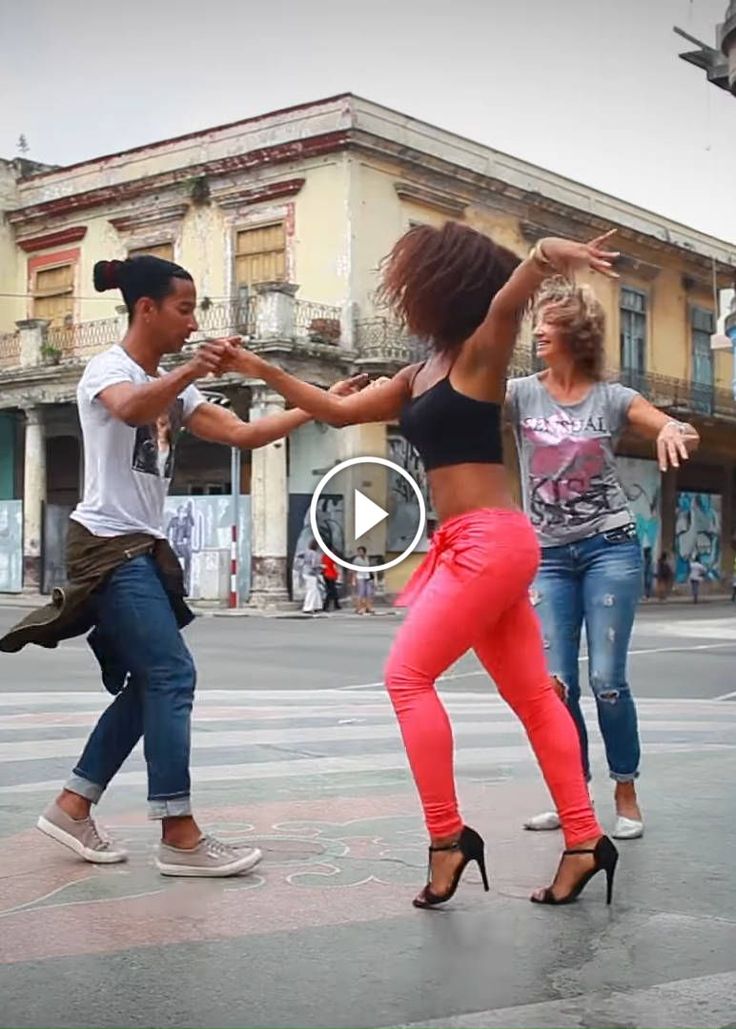 As Alberto Valdes likes to say
As Alberto Valdes likes to say
vacuna is a photograph. Your posture should be clear and expressive, and the vacuna should always be followed by either a pause in the dance or some movement that emphasizes the part of the body that was attacked. For example, a sharp and quick movement of the pelvis towards the partner is emphasized by an additional slow movement of the arms up through the sides. Thus, the rumbero enhances the drama of the moment, and at the same time allows the public to evaluate the result (whether there was a goal or not).
The vacuna must also be unexpected, and this very characteristic of it guarantees success. If you try on and aim for half an hour, the partner will not only have time to cover the attack zone, but also show you her contempt or openly laugh at you. And the audience will support her in this.
How a rumbero conducts a vacuna and why does he need a scarf
A vacuna has its own rules. First of all, what part of the body can a man do it with? The answer - any, however, from practice - is an arm, leg or toe of the foot, as well as a sharp emphasized movement of the pelvis towards the partner or even the head (imitation of the movement of a ram from Chango's steps). At the same time, the man outlines the direction (towards the girl's pubis), but does not bring it to direct contact with the partner's body. To be honest, little is known about the vacancy with an elbow or a knee. If they exist, they are little practiced. Perhaps the reason is that the gesture with the elbow or knee is not so similar to the vacuna, so such an attack can mislead the partner and the viewer. Any vacuna should be a clear and distinct movement, and not fuss from the series “Are you attacking me or am I having a glitch?”.
At the same time, the man outlines the direction (towards the girl's pubis), but does not bring it to direct contact with the partner's body. To be honest, little is known about the vacancy with an elbow or a knee. If they exist, they are little practiced. Perhaps the reason is that the gesture with the elbow or knee is not so similar to the vacuna, so such an attack can mislead the partner and the viewer. Any vacuna should be a clear and distinct movement, and not fuss from the series “Are you attacking me or am I having a glitch?”.
The only restriction is that the partner must not touch the girl's body with either his hand or foot. That is, an attack is a performance and imitation, not violence. What's wrong with what you touched? Firstly, a sharp throw of an arm or leg is not safe for the partner, it may hurt her. Secondly, as far as I know, direct contact with the body is regarded as an insult or an attempt to humiliate. In any case, a woman experiences discomfort when a stranger touches her intimate places. Therefore, for such behavior, you can grab a slap in the face.
Therefore, for such behavior, you can grab a slap in the face.
And now a few words about the scarf and its role in the dance. In the hands of the Rumbero, the handkerchief performs several functions. First of all, he complements the beauty of movements, emphasizes their expressiveness, or even creates his own drawing. Secondly, playing with a handkerchief allows you to dull your partner's attention and take her by surprise. For this reason, a scarf is often chosen in bright or light colors so that its movements are noticeable and involuntarily switch attention to itself. And finally, the handkerchief can directly serve as a weapon - i.e. be used to perform the vacuna. In this case, the partner can touch the girl's body (with a handkerchief).
It is important to remember that any accessory used in rumba should be dancing, not just hanging out just in case.
What points a man attacks on a woman's body
There is no unequivocal answer to the question of which part of the body a partner should aim at during a vacuum.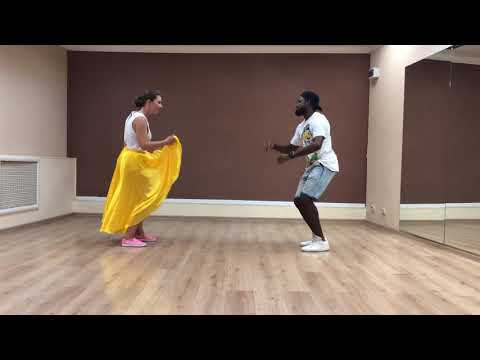 Rumba is a street dance and the fruit of folk art, therefore, it is not surprising that experts answer the question “Where?” in different ways.
Rumba is a street dance and the fruit of folk art, therefore, it is not surprising that experts answer the question “Where?” in different ways.
I will confine myself to giving the opinions that I heard as I studied.
According to the first, let's call it the classical version, the goal is directly the genitals of a woman (and that's all!). Accordingly, you need to cover yourself from the attack only from the front. If a man attacks from behind, then it is simply perceived as an element of the show, but is not considered a vacancy.
The second, most common version says that the girl can be attacked both from the front and from behind. That is, you need to cover two points at the same time (miles sorry for directness, pubis and buttocks). Perhaps such an expansion of the “field for maneuvers” is explained by the fact that guaguanco began to be danced by people who are well versed in music and dance, but not particularly delving into the intricacies of the game or observing its rules. In general, since you can attack in two places, at the choice of a partner, then the girl is recommended to close both in front and behind (after all, you don’t know who was on the dance floor with you - a fan of the “classics” or an “innovator”).
In general, since you can attack in two places, at the choice of a partner, then the girl is recommended to close both in front and behind (after all, you don’t know who was on the dance floor with you - a fan of the “classics” or an “innovator”).
The third and rarest point of view, which I will call the "stage" vacancy. Unlike the previous two, the partner aims not at the partner's lower abdomen, but approximately at the level of her navel (apparently, for reasons of decency in front of a respectable theatrical audience). A similar variant can be seen in the performances of "Conjunto Folklótico Nacional de Cuba" or productions of a similar level, but in the street rumba you almost never see such a vacancy. In any case, if the girl covers her pubic area in response to the attack, the vacuna will not be counted.
Cunning Vacuna
There is a situation in the dance where not every vacuna can be counted. We are talking about a situation where the partners move towards each other sideways, and the guy bypasses the girl from behind.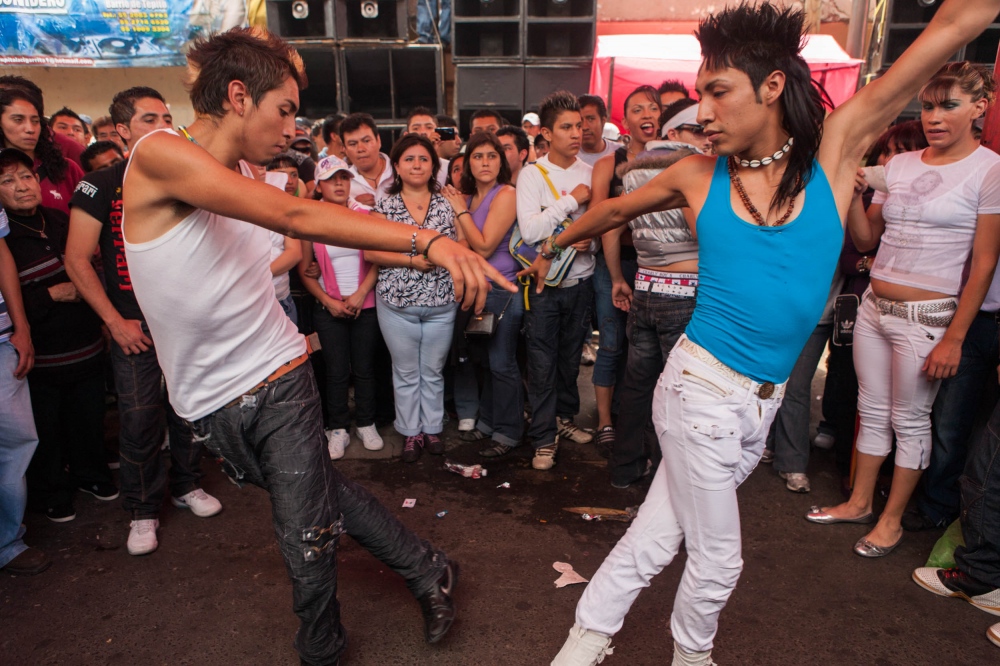 It would seem, why is it easier to hug a partner when she was directly in front of you and perform a vacancy in her fifth point (with a pelvis, of course)? But figs for you. Such a gesture will elicit cheers from the public, but will not be seen as a vacancy (translated into the language of football, a goal is scored from an offside position). It is believed that in this position a woman cannot protect herself from behind, so the partner should only vacuum directly into the dancer's pubis. For example, putting your leg or hand between the partner's legs, or use a scarf for this purpose.
It would seem, why is it easier to hug a partner when she was directly in front of you and perform a vacancy in her fifth point (with a pelvis, of course)? But figs for you. Such a gesture will elicit cheers from the public, but will not be seen as a vacancy (translated into the language of football, a goal is scored from an offside position). It is believed that in this position a woman cannot protect herself from behind, so the partner should only vacuum directly into the dancer's pubis. For example, putting your leg or hand between the partner's legs, or use a scarf for this purpose.
A typical mistake of many women is that when they feel the movement of a partner, they instinctively squeeze their legs in an attempt to dodge. And just the opposite happens: she pinches his hand or handkerchief between her legs, thereby driving the ball into her goal. So the correct behavior in this situation is to simply forget about the legs, but cover your “honor” with your arm or skirt.
In general, guaguanco is not only football, but also chess.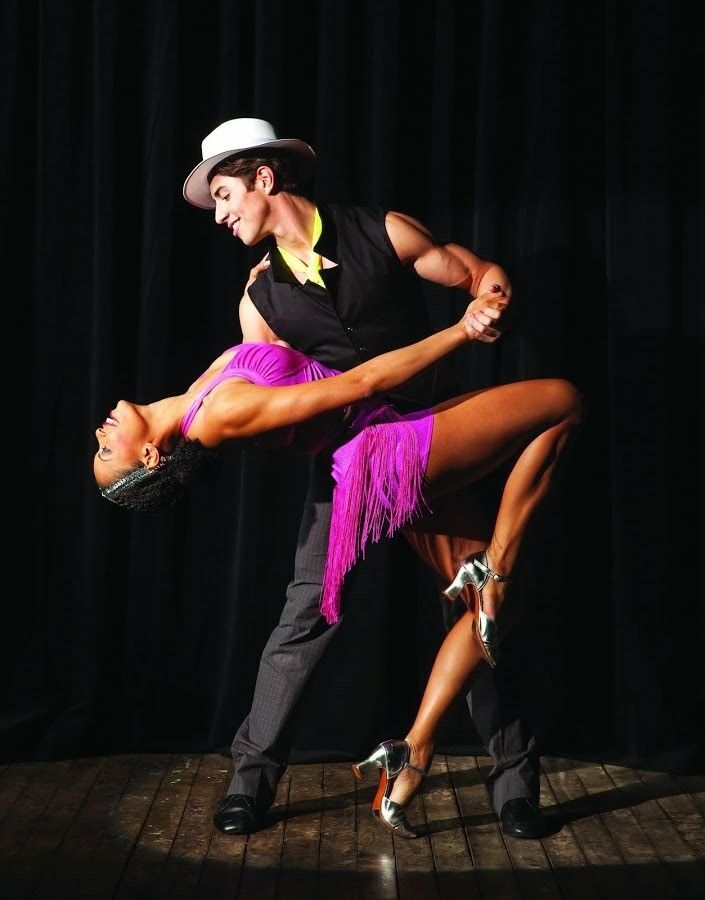 Keep this in mind))
Keep this in mind))
How many vakunas can be done by one partner
First, vacuna is one clear expressive movement of one single part of the body. It is impossible to make two vacunas at the same time to the same partner (for example, to come up and attack the partner with your hand in front, and with your foot from behind), but it is permissible to make, say, two vacunas at the same time for two girls.
Second, you can do 2 vacunas in a row without a pause on the same partner. Three vacunas in a row - this is already busting on the verge of a foul (used extremely rarely), four or more - indicates that you are a novice partner, ready to take the girl with starvation and force, however, your zeal does not apply to dance.
According to accepted practice, a game is always preceded by some kind of game. An experienced partner very rarely uses two vacunas in a row. After all, guaguanco is not a sport, as it may seem, but a show first of all. And although everyone knows the ending (vacuum and an attempt to hide from it), the viewer craves a certain plot and story.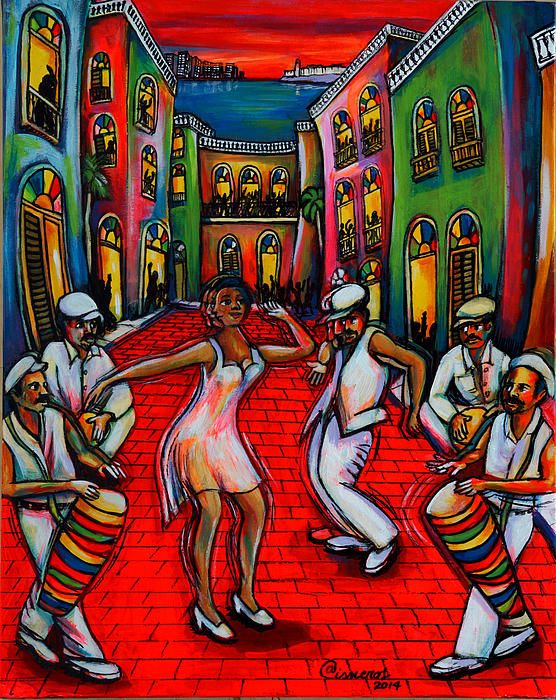 Therefore, the male part is very rich in footwork and playing music with shoulders, acrobatic elements, movements from other dances (Yoruba, Abakua, Son, Salsa), etc. It is important to remember that any choreography is always associated with the game, namely with tricks, distraction techniques attention of the partner, in order to effectively fulfill the vacuna at the most unexpected moment (and not to take the woman by force). As the same Jorge Camagüey noted, guaguanco is war, but only in the form of a performance.
Therefore, the male part is very rich in footwork and playing music with shoulders, acrobatic elements, movements from other dances (Yoruba, Abakua, Son, Salsa), etc. It is important to remember that any choreography is always associated with the game, namely with tricks, distraction techniques attention of the partner, in order to effectively fulfill the vacuna at the most unexpected moment (and not to take the woman by force). As the same Jorge Camagüey noted, guaguanco is war, but only in the form of a performance.
Author of the article - Tatiana Comicucha Popova link to Tatiana vkontakte.ru
The difference between the styles of Cuban rumba Yambu (Yambú), Guaguanco (Guaguancó) and Colombia (Columbia)
07/11/2013 18:21 Cubanoboom
Yambu - is an "old people's" dance performed expertly by experienced dancers. The dance consists of few but stylized movements.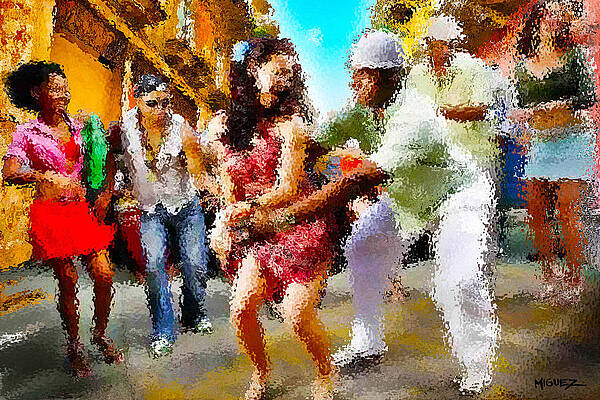 The technique is more elegant and refined. The yambu has the same basic step as the guaguanco, it is softer, almost without movement, as it is difficult for an old man who performs a dance to do physical activity. The dancer compensates for this shortcoming with crafty, cunning movements, always directed towards the partner. In Yambu, as in Guaguanco, the focus is on the woman, but in Yambu they never use "vacuna" as it is an old man...
The technique is more elegant and refined. The yambu has the same basic step as the guaguanco, it is softer, almost without movement, as it is difficult for an old man who performs a dance to do physical activity. The dancer compensates for this shortcoming with crafty, cunning movements, always directed towards the partner. In Yambu, as in Guaguanco, the focus is on the woman, but in Yambu they never use "vacuna" as it is an old man...
Now consider Guaguanco . This is a dance that is almost always performed from the waist up, with very little footwork. This combines Guaguanco and Yamba, but the former uses much more energy. Guaguanco is a dance of young people. The basic step in this dance is not so measured, but more aggressive, with the obligatory use of the “vacuum”. It is very important to keep constant contact with the girl.
Guy position - side, left or right. The movement called "El caballito" (El Caballito) is always lateral, unlike Colombia, the partner cannot turn his back to the partner.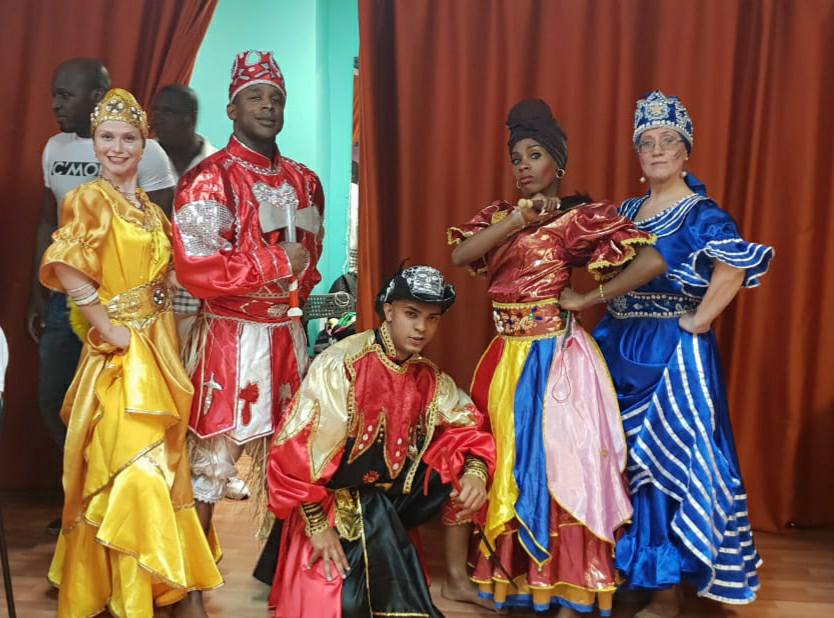 Guaguanco is a dance of "communication" between a guy and a girl. You need to start the dance with basic movements. In total, Guaguanco is danced using 2 basic movements: one with the feet, the other with the hands. The combination of arms and legs is always opposite: the right hand with the left foot, and the left hand with the right foot. After the basic movements, the dancer begins to adapt the dance to his style of dancing: some - almost without moving, some - straightening up, etc. It is important not to forget that in the rumba Guaguanco is almost 90% of the movements are performed upwards from the waist, and a very small part is performed with the legs. Many footwork dance in a different style of rumba - in Colombia. Many young inexperienced dancers mix dance styles without understanding the clear difference between them. Columbia consists of movements from the waist down, and Yambu and Guaguanco - from the waist up. In Guaguanco, after the basic step, the dancer adds his version of the continuation of the scenario.
Guaguanco is a dance of "communication" between a guy and a girl. You need to start the dance with basic movements. In total, Guaguanco is danced using 2 basic movements: one with the feet, the other with the hands. The combination of arms and legs is always opposite: the right hand with the left foot, and the left hand with the right foot. After the basic movements, the dancer begins to adapt the dance to his style of dancing: some - almost without moving, some - straightening up, etc. It is important not to forget that in the rumba Guaguanco is almost 90% of the movements are performed upwards from the waist, and a very small part is performed with the legs. Many footwork dance in a different style of rumba - in Colombia. Many young inexperienced dancers mix dance styles without understanding the clear difference between them. Columbia consists of movements from the waist down, and Yambu and Guaguanco - from the waist up. In Guaguanco, after the basic step, the dancer adds his version of the continuation of the scenario.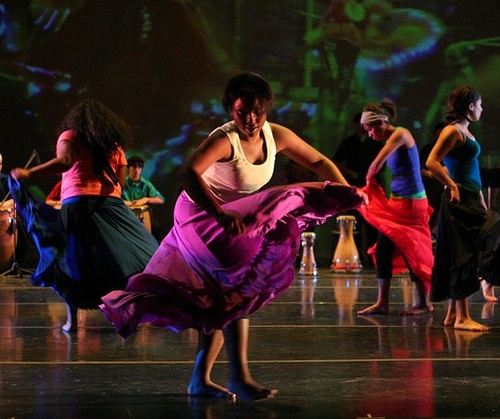 These can be movements of the arms to the sides, up, down, adding the lateral movement of "el cabalito" and various "vacuna".
These can be movements of the arms to the sides, up, down, adding the lateral movement of "el cabalito" and various "vacuna".
Yambu and Guaguanco are couple dances that require constant communication with the woman. The guy is trying to fall in love with her, to tempt. Columbia is a combat dance. It uses Abakua, but you have to be careful not to oversaturate the dance with it. Many rumba dancers seem to go all the way to the Abakua rhythm, doing 4 Columbia steps and then one from Abakua. Undoubtedly, the use of Abakua in Colombia gives it a swing, but still a lot of afro elements in rumba are unnecessary.
Rumba Colombia is a purely male dance, symbolizing the competition of fighters trying to tempt a group of women. By using Abaqua in Colombia, the dancer gives it a more piquant flavor. The struggle of the dancers is to dance a more difficult dance, especially in the footwork part. It should be remembered that each dance has its own meaning, its own meaning, so you should clearly follow the style, do not mix them.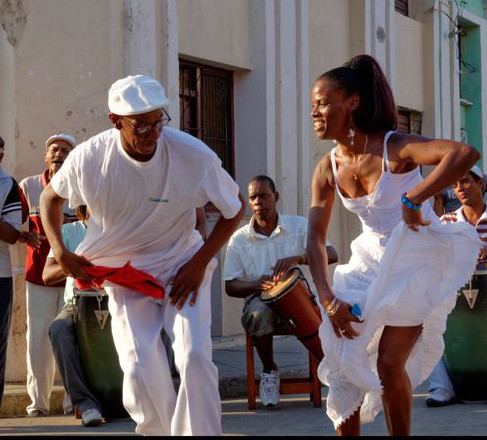 And for this you need to study and research a lot.
And for this you need to study and research a lot.
One of the important concepts in Rumba is the use of a handkerchief. This attribute is borrowed from Abakua, in which the leader is covered with a handkerchief and cleansed. He always holds it in his LEFT hand. In his right hand, the leader holds a cane, since he is a blind man and he needs to look for a free path for himself.
The use of a handkerchief in the left hand is borrowed from the Rumba of Yamba, Guaguanco and Colombia, to give stylization and more sophistication to the dance. If the dancer holds a scarf in his right hand, then he does not know about the purpose of this symbol. After all, every element in dance, as in Cuban culture, has its own meaning.
Don't be fooled by the energy of the young dancers. A 20-year-old boy can dance with great enthusiasm and excitement, but without any sense. Unlike him, the old but experienced rumbero, using only a few movements, but with a certain concept, will perform the dance stylistically correctly.
